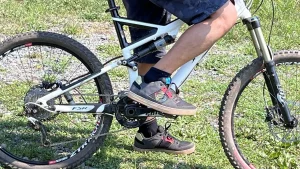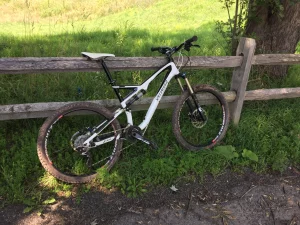Tips for Converting Road Bike to Single Speed

In this article, we’ll take a look at some essential tips and tricks for converting your road bike to single speed.
Table of Contents
Benefits of Converting Road Bike to Single Speed
Converting a road bike to single speed offers several benefits for cyclists seeking simplicity, efficiency, and a unique riding experience. Here are some advantages of making the switch:
- Simplified Maintenance: Single-speed bikes have fewer components, which means less maintenance and fewer potential mechanical issues. With no gears or shifters to worry about, you can spend more time riding and less time tinkering with your bike.
- Enhanced Durability: The simplicity of single-speed bikes often results in improved durability, as there are fewer parts to wear down or break. This can be particularly beneficial for riders in harsh weather conditions or those who put their bikes through heavy use.
- Improved Efficiency: Without the need to constantly shift gears, single-speed bikes offer a more direct transfer of power from the pedals to the wheels. This can result in a more efficient ride, particularly on flat terrain.
- Better Control: With a single gear, riders can focus more on their riding technique and balance, which can lead to improved bike handling skills and overall control.
- Lightweight and Streamlined Design: Removing the gear components and shifters from a road bike can reduce its overall weight, making it lighter and potentially faster. Additionally, the streamlined design of single-speed bikes can contribute to a more aerodynamic ride.
- Unique Riding Experience: Riding a single-speed bike can offer a more engaging and immersive experience, forcing riders to connect with the terrain and adapt their riding style to different conditions. This can lead to improved fitness, increased awareness, and a greater sense of accomplishment.
- Customization and Aesthetics: Converting a road bike to single speed allows for a high level of customization, enabling riders to create a bike that suits their personal style and preferences. Many riders appreciate the sleek, minimalist appearance of single-speed bikes as well.
- Fitness Benefits: Riding a single-speed bike can be more physically demanding, particularly on hilly terrain, leading to potentially greater fitness gains.
- Aesthetic Appeal: Many cyclists appreciate the sleek, minimalist appearance of a single-speed bike. The absence of multiple gears and cables contributes to a clean, uncluttered look.
Why You Might Need to Convert to a Single Speed in an Emergency
- Mechanical Failure: If your geared bike experiences a mechanical failure, such as a broken shifter or derailleur, converting it to a single speed can be a quick and temporary fix to get you back on the road. This can be especially helpful when you don’t have immediate access to a bike shop or replacement parts.
- Simplified Repairs: In a time-sensitive situation or when resources are limited, converting your bike to a single speed simplifies the repair process. With fewer components to worry about, you can focus on getting your bike functional as quickly as possible.
- Efficiency and Reliability: In emergency scenarios, a reliable and efficient mode of transportation can be critical. Single-speed bikes offer improved efficiency and durability, reducing the likelihood of further mechanical issues that could hinder your ability to reach safety or get help.
- Less Weight, Easier Transport: Removing unnecessary components, such as shifters and derailleurs, can lighten your bike, making it easier to carry or transport if needed. In an emergency, a lighter bike may be more manageable, particularly if you need to navigate challenging terrain or carry your bike over obstacles.
- Adaptability: Single-speed bikes force riders to adapt their riding style to different terrains and conditions. In an emergency, this adaptability can be a valuable skill, allowing you to navigate various environments more effectively.
- Performance Issues: If, for instance, your derailleur hanger is bent or misaligned, shifting can become problematic. Removing the derailleur and converting to single speed can keep you moving. Another instance involving chain drops due to misalignment or worn components can be mitigated by converting to a single-speed setup.
Practical Steps for Emergency Conversion
- Remove Derailleurs and Shifters: Take off the front and rear derailleurs and shifters to simplify the drivetrain.
- Choose a Suitable Gear: Select a cog on the cassette that provides a manageable gear ratio and ensure the chain line is as straight as possible.
- Chain Tensioner: If the bike doesn’t have horizontal dropouts, use a chain tensioner to keep the chain tight.
- Shorten the Chain: Adjust the chain length to fit the single cog and chainring setup.
- Secure the Chain: Ensure the chain is properly tensioned and secure to prevent it from slipping.
What Tools and Products Do I Need for the Conversion?
Tools
- Wrenches (including a chain whip and a lock-ring remover)
- Allen Wrenches: Various sizes to remove derailleurs, shifters, and other components.
- Chain breaker tool
- A set of Allen wrenches or hex keys
- A cassette removal tool
- Pliers
- Cable cutters (if you need to remove shifter cables)
Products/Components
- Single-speed cog (also known as a sprocket)
- Single-speed chain or a chain compatible with your cog and chainring
- Single-speed freewheel or a cassette-style hub with spacers
- Chain tensioner (optional, but recommended)
- Dropout spacers (if needed)
- Single-speed crankset
- Bar-end plugs (if you remove the shifters)
- Brake levers (if your existing brake levers are integrated with shifters)
Conversion Steps
- Remove Existing Drivetrain Components: Use Allen wrenches and screwdrivers to remove the derailleurs, shifters, and cables. Take off the cassette with the lockring tool and chain whip.
- Install Single Cog and Spacers: Place the single cog onto the freehub body, using spacers to position it correctly and ensure a straight chain line. Secure with the lock-ring.
- Adjust Chainring Setup: If you’re keeping a multi-chainring crankset, remove the extra chainrings. Install shorter chainring bolts if necessary.
- Install Chain Tensioner: Attach the chain tensioner to the derailleur hanger if your bike has vertical dropouts. Adjust it to maintain proper chain tension.
- Resize the Chain: Use the chain breaker tool to cut the chain to the correct length for your single-speed setup.
- Install and Tension the Chain: Fit the chain onto the chainring and rear cog, ensuring it’s properly tensioned. Adjust the tensioner as needed.
- Fine-Tune and Test Ride: Check the chain alignment and tension. Make any necessary adjustments, then go for a test ride to ensure everything is working smoothly.
Converting a road bike to a single speed can be a rewarding project, providing simplicity and reduced maintenance. Having the right tools and components will ensure a smooth conversion process, allowing you to enjoy the benefits of a single-speed bike.
FAQs
Can I convert my bike to a single speed drive-train?
How do tighten a bike chain on a single speed?
There are 2 ways to tighten the chain on a single speed –
- By removing some chain links using chain breakers and getting the desirable chain taut and sag
- By using the chain breaker along with a chain tensioner to make sure the chain does not sag too much and is taut.
Also, if your bike frame has rear wheel offsets, you can adjust your rear wheel accordingly to make sure the chain is taut and has minimal sag.
What are the most common mistakes made during the conversion process?
- Incorrect chain-line: Make sure the chain-line (the straight line from the front chain-ring to the rear cog) is straight. If it’s not, you’ll experience poor performance and increased wear on your drive-train components.
- Dropout issues: Some bikes have dropouts that are too thin to securely hold the axle in place when converting to single speed, so make sure to check your bike’s compatibility before starting.
- Incompatible components: Ensure that the components you’re using are compatible with each other. For instance, you might need a specific type of hub or spacers to make everything fit together correctly.
- Gear ratio: Choosing the right gear ratio is important for a good single speed experience. Too low and you’ll spin out on flats and downhills, too high and you’ll struggle on inclines.
What is the spacing for single speed hubs?
Single speed hubs typically have a spacing of 120 mm for track hubs and 130 mm or 135 mm for road and mountain bike hubs. It’s important to measure the spacing of your bike’s dropouts to ensure that you get a hub that’s compatible.
- Track hubs: 120 mm spacing, used mostly for track bikes and fixed gear conversions.
- Road bike hubs: 130 mm spacing, commonly used for road bike single speed conversions.
- Mountain bike hubs: 135 mm spacing, used for mountain bike single speed conversions.
What does it mean to “cold set” the frame during the conversion process?
For the Single Speed Experience
I hope you found this information helpful. Check out my other related posts such as finding the right bike fit and how to make your bike commute more enjoyable. We also recorded a relevant podcast on injuries and prevention.




